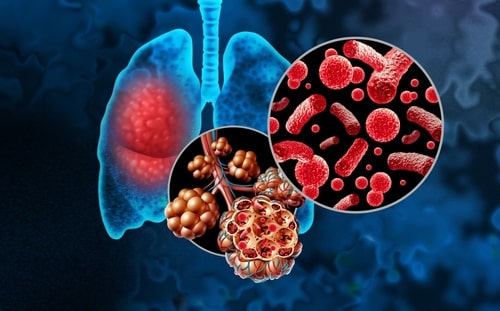How Mold Affects the Respiratory System
Mold is a common fungus that grows in damp and humid environments, and while it can be harmless in small quantities, prolonged exposure to certain types of mold can have significant effects on the respiratory system. This post explores how mold impacts respiratory health, particularly for vulnerable populations like children, the elderly, and those with compromised immune systems or pre-existing respiratory conditions.
What Is Mold?
Mold is a type of fungus that reproduces by releasing tiny spores into the air. These spores can be easily inhaled, making indoor environments with poor ventilation and high humidity prime locations for mold growth. Common types of indoor mold include Aspergillus, Cladosporium, Penicillium, and Stachybotrys chartarum (often referred to as black mold).
Short-term Respiratory Effects of Mold Exposure
When mold spores are inhaled, they can trigger a variety of respiratory symptoms, particularly in sensitive individuals. Short-term exposure may lead to:
- Coughing and Sneezing: The body reacts to mold spores by attempting to expel them through coughing and sneezing.
- Nasal Congestion: Mold spores can irritate the nasal passages, causing stuffiness and runny noses.
- Sore Throat and Hoarseness: Inhalation of mold spores can irritate the throat, leading to soreness and changes in voice.
- Wheezing and Shortness of Breath: Particularly in individuals with asthma, mold can exacerbate symptoms, causing wheezing and difficulty breathing.
Long-term Respiratory Effects of Mold Exposure
Prolonged exposure to mold can lead to more serious respiratory issues, including:
- Chronic Bronchitis: Persistent exposure to mold can cause long-term inflammation of the bronchial tubes, leading to chronic bronchitis.
- Asthma Development and Exacerbation: Mold is a known trigger for asthma attacks and can contribute to the development of asthma in susceptible individuals.
- Allergic Fungal Sinusitis: This condition occurs when mold spores cause chronic inflammation and infection in the sinuses.
- Hypersensitivity Pneumonitis: In rare cases, mold exposure can lead to this immune system disorder, where the lungs become inflamed due to an allergic reaction to mold spores.
Who Is at Risk?
Certain populations are more vulnerable to the respiratory effects of mold, including:
- Children: Their developing respiratory systems make them more susceptible to mold-related issues.
- Elderly Individuals: Aging can weaken the immune system, increasing vulnerability to mold.
- Individuals with Pre-existing Respiratory Conditions: Those with asthma, chronic obstructive pulmonary disease (COPD), or allergies are at higher risk.
- Immunocompromised Individuals: Those with weakened immune systems, such as cancer patients or those on immunosuppressive drugs, are particularly vulnerable.
Preventing Mold-Related Respiratory Issues
To protect respiratory health, it’s essential to control mold growth in indoor environments:
- Reduce Humidity: Use dehumidifiers and air conditioners to keep humidity levels below 50%.
- Improve Ventilation: Ensure proper ventilation in areas prone to moisture, like bathrooms and kitchens.
- Address Leaks Promptly: Repair any leaks in roofs, walls, or plumbing to prevent moisture buildup.
- Regular Cleaning: Clean and dry any damp areas promptly, and use mold-resistant products in construction or renovation projects.
Conclusion
While mold is a natural part of the environment, its impact on the respiratory system should not be underestimated. By understanding the risks and taking proactive measures to control mold growth, individuals can protect their respiratory health and reduce the likelihood of mold-related illnesses.
American Lung Association Article About the effects on the respiratory system

